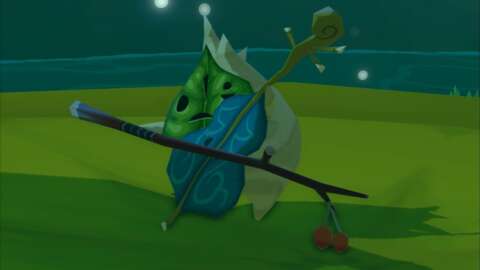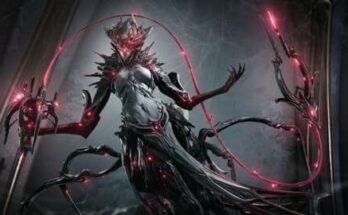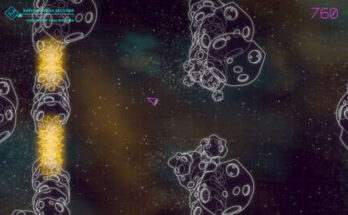Despite its slim lineup so far, Nintendo Switch 2’s GameCube library already offers some great titles, but the obvious highlight is The Legend of Zelda: The Wind Waker. Link’s seafaring adventure was a daring and imaginative entry at the time of its original release, and while it eventually would be touched up and brought to the Wii U, this marks the first time Nintendo has reissued the game in its original form in over 20 years. What’s most stunning when revisiting the game now, however, is its sense of boundless freedom, which offers a glimpse of the freeform direction the Zelda series would eventually embrace with Breath of the Wild and Tears of the Kingdom.
Though now widely regarded as a classic, The Wind Waker was hotly divisive when it arrived back in 2003. Its sunny, cartoonish visuals in particular stirred up quite a bit of controversy for deviating so dramatically from the 2000 Zelda tech demo, but the final game was not the radical departure it initially appeared to be. Beneath its unconventional surface, The Wind Waker remains firmly rooted in series traditions. The framework underpinning the adventure is mostly untouched, following the same formula pioneered by A Link to the Past and later codified by Ocarina of Time. But despite this, the game manages to carve out some notable changes within this template to completely recolor the experience.
The boldest is the shift in setting. The Wind Waker trades the rolling fields and misty forests of Hyrule for the endless blue waves and sun-bleached islands of the Great Sea. Your journey still follows the familiar contours of previous games; you’ll scour the far edges of the world collecting three magical relics, obtaining the Master Sword, and plumbing another handful of dungeons before ultimately confronting the evil Ganon. But the alluring, high-seas backdrop evokes a sense of mystique and adventure that no other Zelda title up to that point could elicit.



